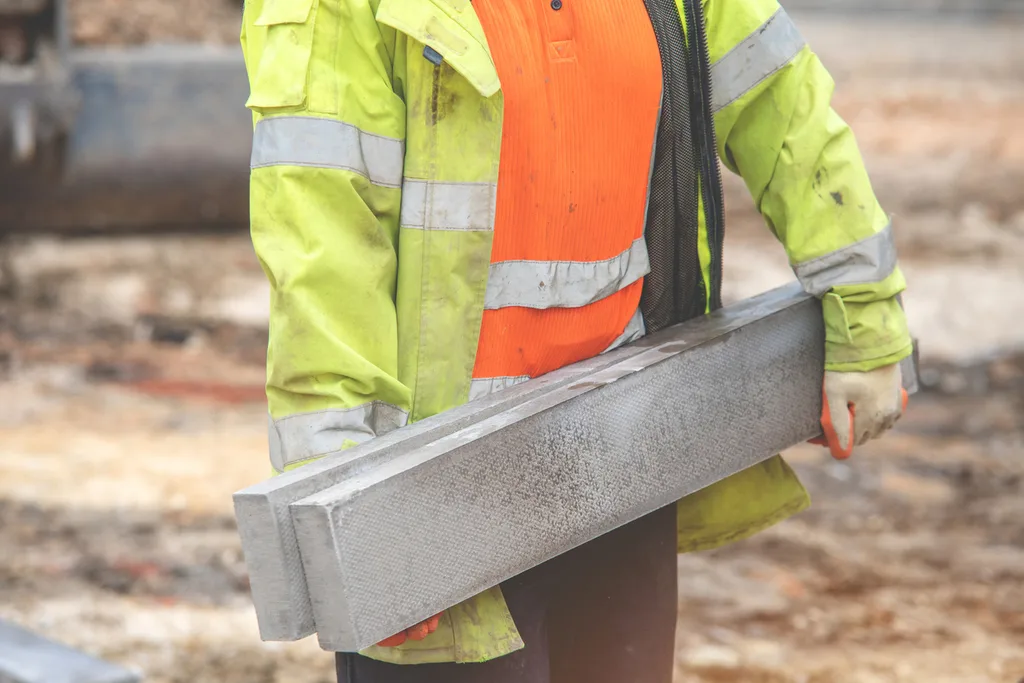Reducing risks on construction sites
CONSTRUCTION IS an industry that, almost by definition, requires the use of hazardous materials. Some materials might pose a hazard solely by virtue of how heavy or cumbersome they are. Others might be corrosive, irritant, or otherwise inherently harmful.

If you’re going to make use of these kinds of materials, it’s vital that those working on your site are aware of the risks they pose – and that they’re able to handle them safely. This will help you to reduce absenteeism, drive up productivity, and deal with your exposure to legal risk.
Understanding manual handling risks
Picking up heavy objects can be dangerous. While it might be possible to get away with improper handling technique once, twice, or even a hundred times, repetitive moments and heavy loads can eventually result in serious injury.
There are two solutions to this problem. The first involves proper technique. By lifting heavy loads in the right way, you’ll be able to drive down the risk of an injury. The second solution comes from technology. Even something as simple as a wheelbarrow can vastly reduce the likelihood of an injury being suffered.
Regulatory framework and employer responsibilities
When it comes to manual handling, there are two pieces of law worth considering. These are the Manual Handling Operations Regulations 1992 and the Health and Safety at Work Act 1974. The latter makes clear that site operators have a legal duty to provide a safe working environment for anyone working on the site. In practice, this means providing workers with the tools they need to operate safely, where reasonably possible. These tools might take the form of personal protective equipment, or the right training and knowledge.
Implementing safe handling techniques
So, what’s the best way to lift a heavy load? To begin with, it’s important to keep the spine erect, and to lift from the knees. This is something that might take practice and consistent feedback, especially for workers who are accustomed to using the wrong techniques.
Effective materials storage solutions
All materials, including hazardous ones, should be securely stored. This will prevent the occurrence of accidents. The nature of the storage will depend on the material being stored. It’s important to note that even chemically inert and non-flammable materials can be dangerous when they’re stored at height. Make sure that all materials are clearly marked, and that storage spaces are kept clear so that workers can safely walk through them.
Utilising bulk handling equipment
If you’re transporting loose materials like gravel, then storing it in bags can be vital. It’s much easier to move these kinds of material from one place to another when it’s being moved in enclosed units. Bulk bag gravel can also make handling less risky, and more cost-effective.
Regular risk assessments and continuous improvement
Making a work environment safe isn’t a one-off task. Rather, it’s a neverending process of troubleshooting and risk assessment. Make sure that you regularly review your practices onsite, and that you investigate any accidents thoroughly. Be receptive to feedback from workers, too; they might have valuable insights into how your site can be made even better.
HSM publishes a weekly eNewsletter, delivering a carefully chosen selection of the latest stories straight to your inbox.
Subscribe here





